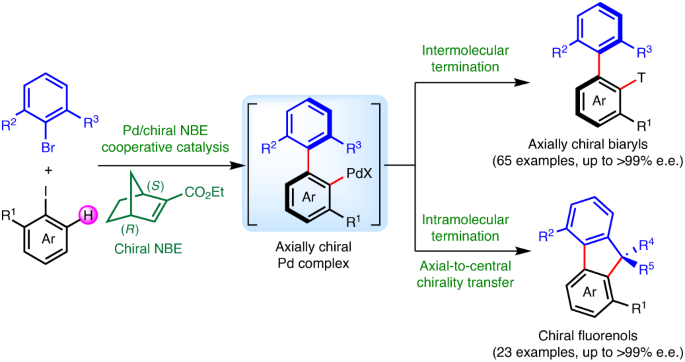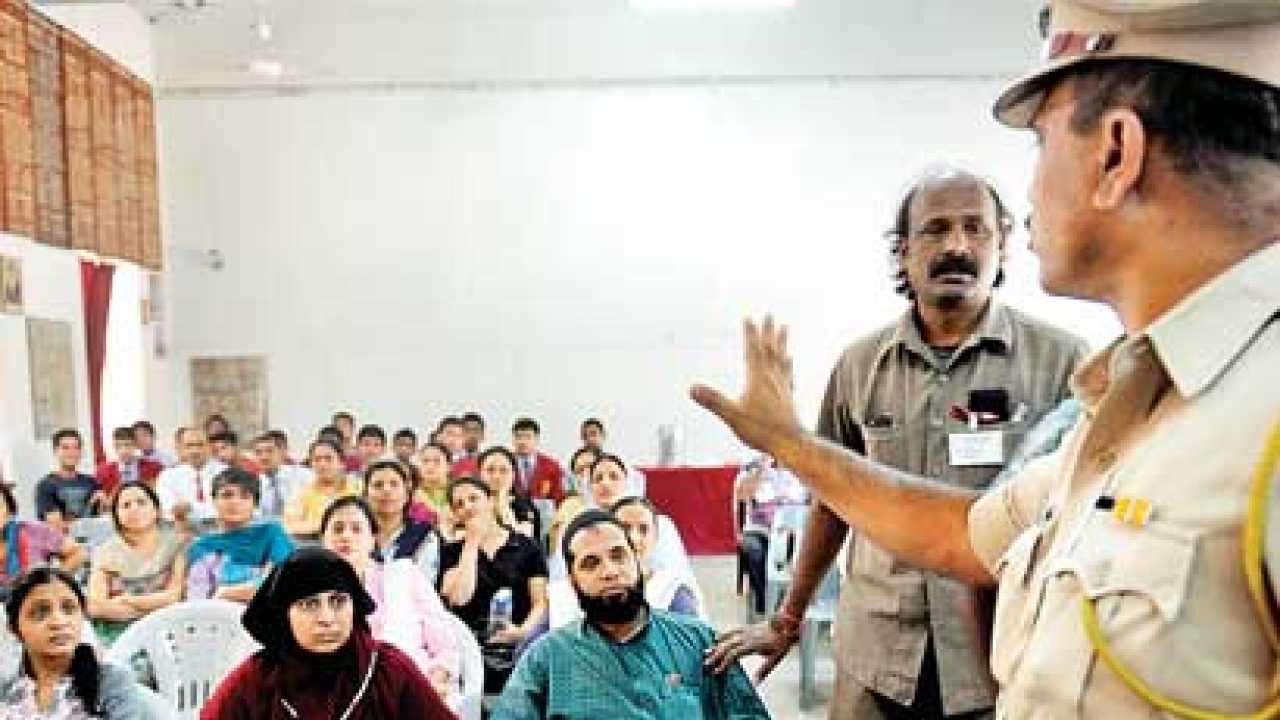- Select a language for the TTS:
- UK English Female
- UK English Male
- US English Female
- US English Male
- Australian Female
- Australian Male
- Language selected: (auto detect) - EN
Play all audios:
ABSTRACT RELATIVELY little publicity has been given in the Press or elsewhere to the activities of the Food and Agriculture Organisation, though from the various reports that it has issued a
great deal of essential preliminary work has evidently been accomplished. A staff of highly competent experts has been temporarily on loan from Government departments and other
international bodies for the purpose, though now a nucleus of permanent personnel is established, to which recruitment is to be made on as broad a geographical basis as possible. At the time
of its inauguration in November 1945, responsibility for dealing with the immediate post-war world shortage of food was in the hands of international organisations such as the United
Nations Relief and Rehabilitation Administration, the Combined Food Board and the Food and Agriculture Sub-committee. By the time that these bodies were due to go out of existence under the
arrangements already made, it was hoped that the worst of the food shortage would be over, and that the new authority would start to develop its plans under conditions approximating to those
of 1939. Its first task was, therefore, to assess the pre-war position in as many countries as possible as a guide to working out future policies. During the winter of 1945-46, however,
serious deterioration in the world's food supplies set in, and following an appeal for help, the Director-General agreed that the Food and Agriculture Organisation should undertake
responsibility for relieving the situation. A special meeting was called at Washington in May 1946, at which recommendations were made to Governments as to the best use of the 1946 harvest
and the ways in which still larger harvests could be secured in 1947. Allocation of foodstuffs, based on information and statistics provided by the Organisation, was delegated to a new
agency, the International Emergency Food Council. An inquiry was then called for to ascertain the adequacy of existing international institutions to meet long-term problems of production,
consumption and distribution, including surpluses. Access through your institution Buy or subscribe This is a preview of subscription content, access via your institution ACCESS OPTIONS
Access through your institution Subscribe to this journal Receive 51 print issues and online access $199.00 per year only $3.90 per issue Learn more Buy this article * Purchase on
SpringerLink * Instant access to full article PDF Buy now Prices may be subject to local taxes which are calculated during checkout ADDITIONAL ACCESS OPTIONS: * Log in * Learn about
institutional subscriptions * Read our FAQs * Contact customer support RIGHTS AND PERMISSIONS Reprints and permissions ABOUT THIS ARTICLE CITE THIS ARTICLE THE FOOD AND AGRICULTURE
ORGANISATION. _Nature_ 159, 211–213 (1947). https://doi.org/10.1038/159211a0 Download citation * Issue Date: 15 February 1947 * DOI: https://doi.org/10.1038/159211a0 SHARE THIS ARTICLE
Anyone you share the following link with will be able to read this content: Get shareable link Sorry, a shareable link is not currently available for this article. Copy to clipboard Provided
by the Springer Nature SharedIt content-sharing initiative





![[withdrawn] 16 to 19 bursary fund guide 2023 to 2024 academic year](https://www.gov.uk/assets/static/govuk-opengraph-image-03837e1cec82f217cf32514635a13c879b8c400ae3b1c207c5744411658c7635.png)
